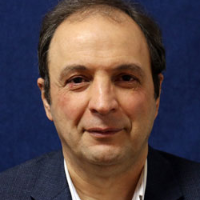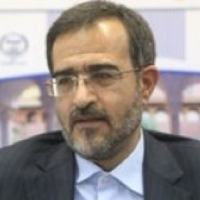Response-oriented measuring inequalities in Tehran: second round of Ur-ban Health Equity Assessment and Response Tool (Urban HEART-2),concepts and framework
Author(s):
Abstract:
Background
Current evidence consistently confirm inequalities in health status among socioeconomic groups, gender,ethnicity, geographical area and other social determinants of health (SDH), which adversely influence health of the population. SDH refer to a wide range of factors not limited to social component, but also involve economic, cultural,educational, political or environmental problems. Measuring inequalities, improving daily living conditions, andtackling inequitable distribution of resources are highly recommended by international SDH commissioners in recentyears to ‘close the gaps within a generation’. To measure inequalities in socio-economic determinants and core healthindicators in Tehran, the second round of Urban Health Equity Assessment and Response Tool (Urban HEART-2)was conducted in November 2011, within the main framework of WHO Centre for Health Development (Kobe Centre).Method
For ‘assessment’ part of the project, 65 indicators in six policy domains namely ‘physical and infrastructure’,‘human and social’, ‘economic’, ‘governance’, ‘health and nutrition’, and also ‘cultural’ domain were targetedeither through a population based survey or using routine system. Survey was conducted in a multistage random sampling,disaggregated to 22 districts and 368 neighborhoods of Tehran, where data of almost 35000 households (118000 individuals) were collected. For ‘response’ part of the project, widespread community based development (CBD) projects were organized in all 368 neighborhoods, which are being undertaken throughout 2013.Conclusion
Following the first round of Urban HEART project in 2008, the second round was conducted to trackchanges over time, to institutionalize inequality assessment within the local government, to build up community participationin ‘assessment’ and ‘response’ parts of the project, and to implement appropriate and evidence-based actionsto reduce health inequalities within all neighborhoods of Tehran.Keywords:
Language:
English
Published:
Medical Journal Of the Islamic Republic of Iran, Volume:27 Issue: 4, Winter 2013
Pages:
236 to 248
https://magiran.com/p1196323
سامانه نویسندگان
مقالات دیگری از این نویسنده (گان)
-
Silent Suffering: The Tragic Suicide Among Medical Residents
, Sedigheh Hantoushzadeh, Seyed Jafar Razavi, Mohadese Dashtkoohi, Nasim Eshraghi, Marjan Ghaemi *
Archives of Iranian Medicine, May 2024 -
Individualized Glycemic Control in Type 2 Diabetic Patients in Iran: A Multi-Center Data Analysis
Abolfazl Sadeghi, Yahya Bayazidi *, Majid Davari, Abbas Kebriaeezadeh, Amin Assarian, Alireza Esteghamati, Sepideh Yousefi
Iranian Journal of Medical Sciences, May 2023 -
Development of an Accreditation System for Evaluating Biomedical Scientific Associations Through a Participatory Process in Iran
Shadi Asadzandi, Aeen Mohammadi*, Alireza Esteghamati, Rita Mojtahedzadeh, Ahmad Hashemian, Mohammad Jabbari
Medical Journal Of the Islamic Republic of Iran, Winter 2022




